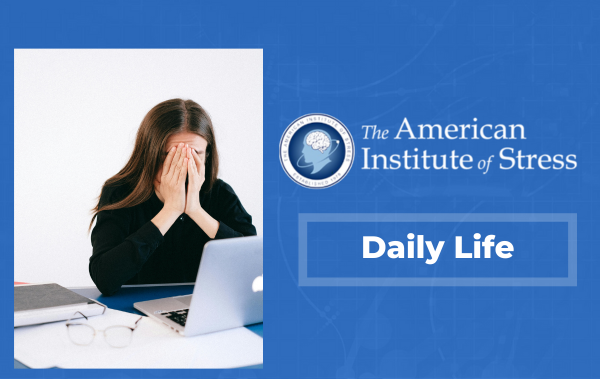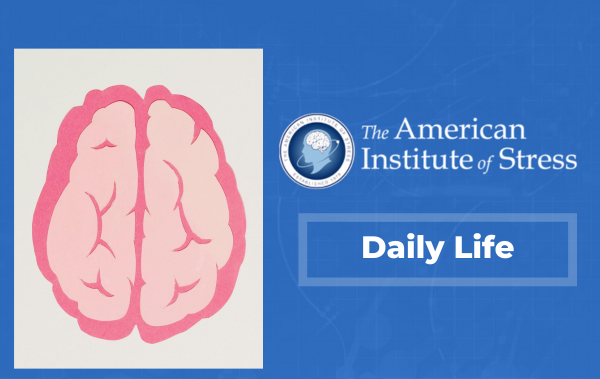 In the past few years, there has been increasing attention to the issue of workplace stress and its impact on the health of employees. Workplace stress can lead to various physical and mental health problems, including depression, anxiety, heart disease, and even dependency on painkillers. This article will delve into the intersection of mental health, workplace stress, and physical health, highlighting the potential consequences of chronic stress and the need for effective coping mechanisms.
In the past few years, there has been increasing attention to the issue of workplace stress and its impact on the health of employees. Workplace stress can lead to various physical and mental health problems, including depression, anxiety, heart disease, and even dependency on painkillers. This article will delve into the intersection of mental health, workplace stress, and physical health, highlighting the potential consequences of chronic stress and the need for effective coping mechanisms.
The Impact of Workplace Stress on Health
Workplace stress can have severe consequences on an individual’s health. A clear example of this is the case of Lara Cox, a solicitor who developed a dependency on strong painkillers due to workplace stress and burnout. She would take up to 12 codeine tablets daily and felt isolated and overwhelmed. Lara’s case is not an isolated one. The Wales TUC reported that work-related stress has led to more people using alcohol and prescription drugs to cope.
These dependencies often result in an increased need for medical treatment and can lead to serious health conditions. According to the Substance Abuse and Mental Health Services Administration (SAMHSA), substance use disorders, including opioid use disorders, are a significant public health concern. The misuse of opioid painkillers is so widespread that it has significantly impacted the workplace, affecting employees’ health and safety and reducing productivity.
The Importance of Addressing Workplace Stress
Addressing workplace stress and the subsequent reliance on pain medication is crucial to preventing adverse health outcomes. Dr. Liza Thomas-Emrus from WISE at Cwm Taf Morgannwg health board emphasized the importance of seeking help and making positive lifestyle changes to tackle burnout. The Welsh government is also playing its part by working with employers and trade unions to promote work-life balance and tackle stress and burnout.
There is a range of resources available for those struggling with substance use disorders. SAMHSA provides information and resources related to behavioral health, substance use disorders, and mental health. This includes updates on opioid treatment program regulations and funding opportunities for substance use disorder treatment services. The agency also offers a comprehensive overdose prevention and response toolkit.
In Canada, there are numerous resources and services available for people who need help with substance use, including overdose prevention resources. These services include provincial and territorial health and support services, programs for Indigenous peoples, and a comprehensive list of treatment centers.
Alternative Approaches for Pain Management
While painkillers can be an effective treatment for pain, their misuse can lead to serious health issues. As such, there has been a rising use of complementary health approaches for pain management. These approaches can help individuals manage their pain without the risk of addiction. Many medical providers, pharmacists, insurers, and government agencies are now promoting these alternative treatments to combat the trend of opioid abuse.
In conclusion, workplace stress and the resulting dependency on painkillers is a significant issue that requires urgent attention. By promoting work-life balance, providing resources for those struggling with substance use, and encouraging alternative approaches for pain management, we can help to tackle this hidden crisis.
By Ayanna Amadi





